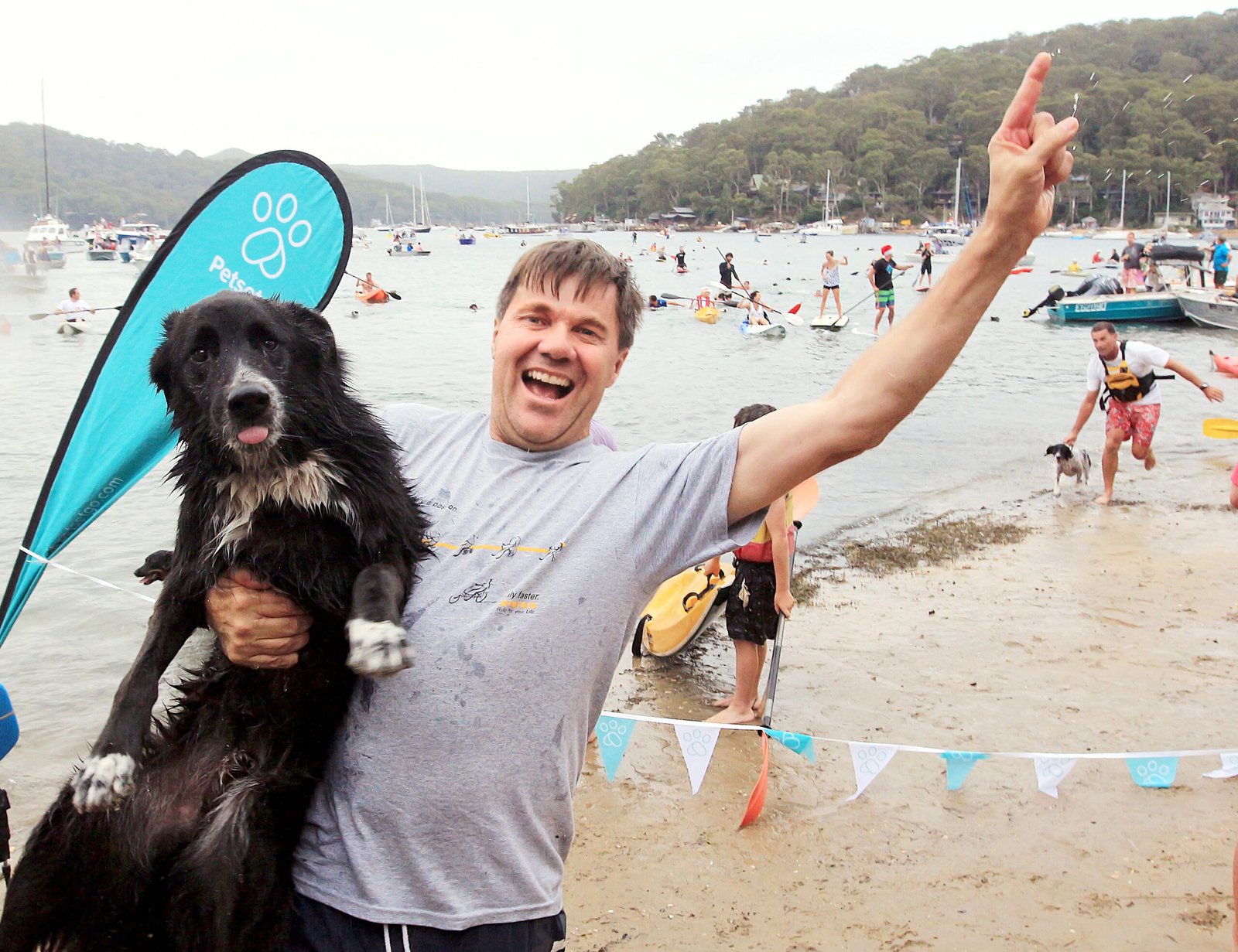Understanding the Root of Your Dog’s Fear
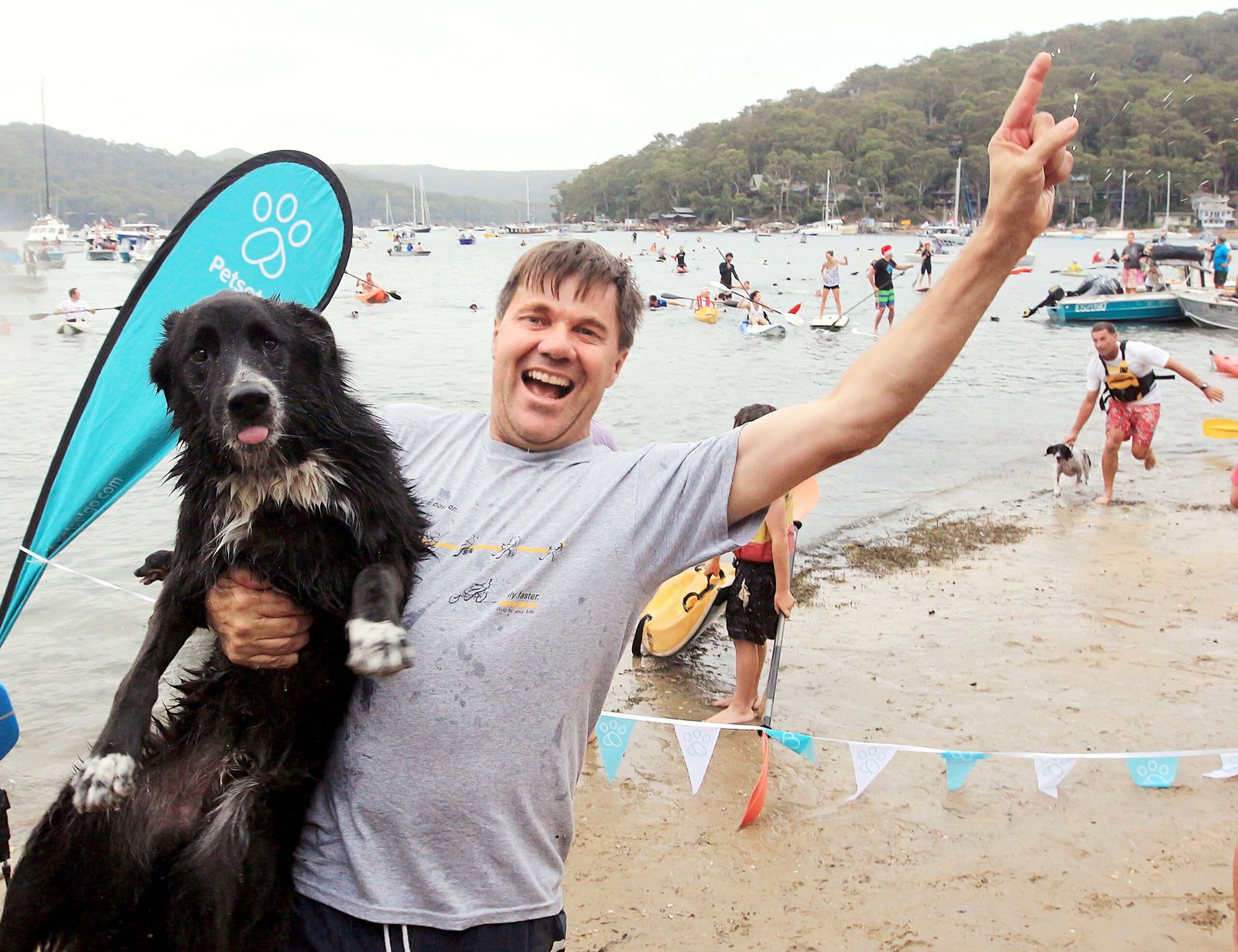
Dogs are known for their loyalty and affection, but there are times when they might not be as welcoming to guests as we would like. Understanding why your dog reacts negatively towards guests is the first step in addressing the issue. Fear, territorial behavior, or previous negative experiences could be behind their hostility. For instance, a dog that has been frightened by a stranger in the past might associate all new people with that fear. Just like humans, dogs can have lasting memories of unpleasant experiences. By identifying the root cause, you can begin to approach the problem with empathy and patience.
Creating a Safe Space for Your Dog
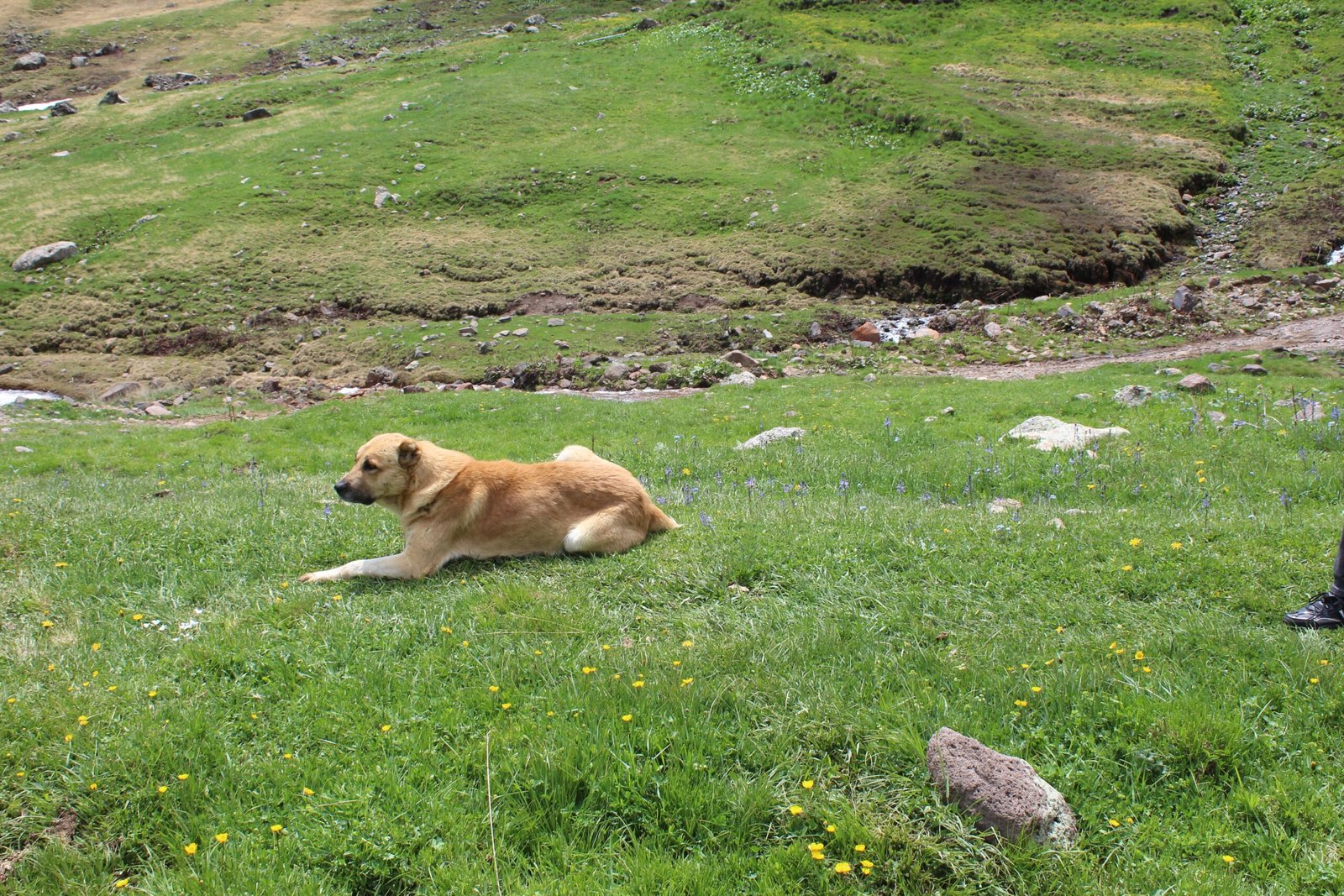
One of the most effective ways to help your dog feel more comfortable when guests arrive is by providing them with a safe space. This could be a cozy corner with their favorite toys or a designated room where they can retreat. Just like how we sometimes need a quiet place to relax, dogs benefit from having their own sanctuary where they can escape the chaos. Ensure this area is away from the main activity and filled with comforting items, such as a blanket or a piece of your clothing. This will help your dog feel secure and reduce their anxiety when guests are around.
Gradual Exposure to New People
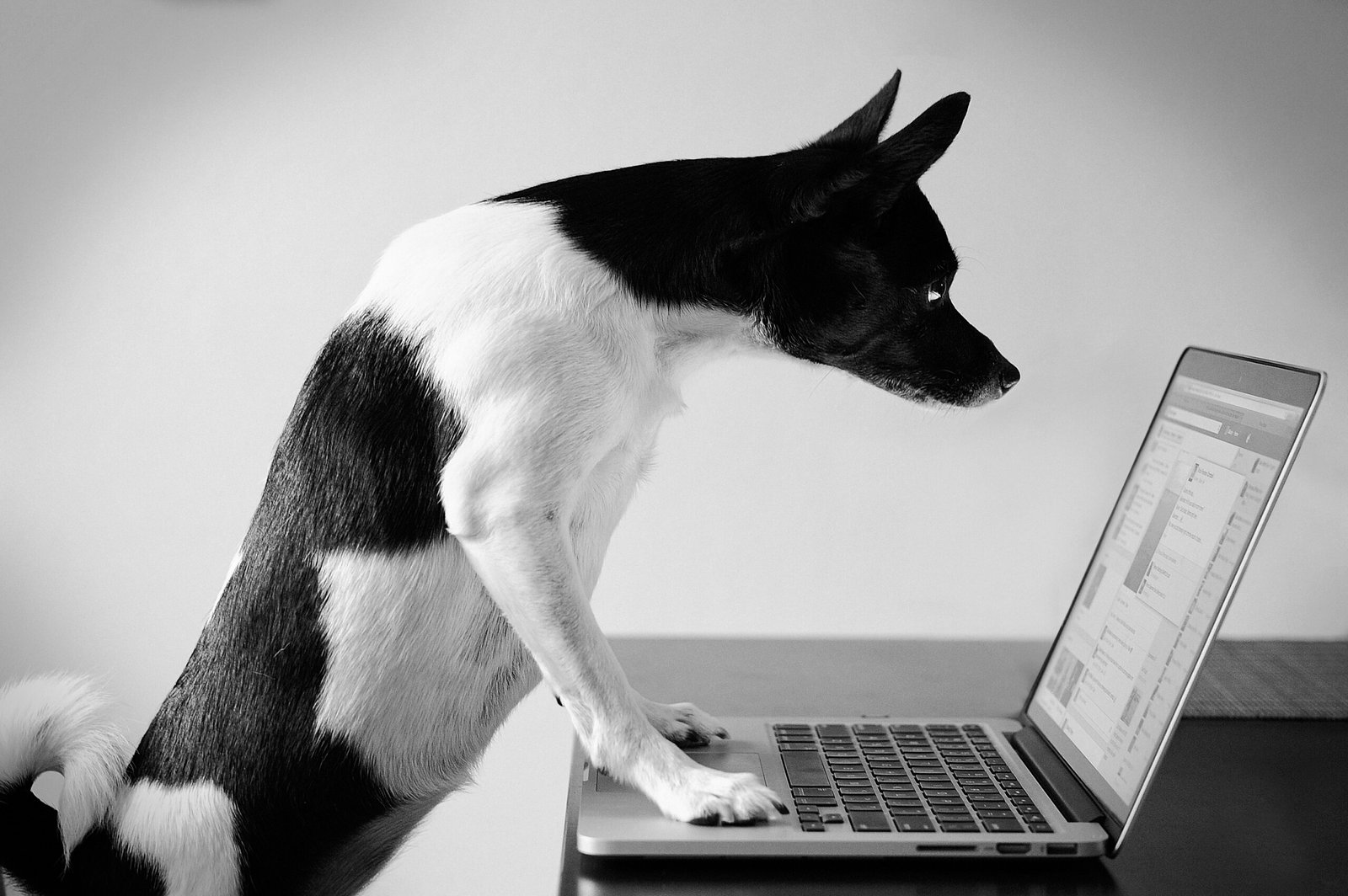
Introducing your dog to new people gradually can help them become more comfortable over time. Start by inviting a friend over when your dog is calm and relaxed. Allow your dog to observe from a distance without forcing interaction. Think of it like easing into a cold pool; it’s more comfortable if done slowly. As your dog becomes more familiar with the presence of different people, they may begin to feel less threatened. Rewarding their calm behavior with treats or praise can also reinforce positive associations.
Using Positive Reinforcement Techniques
Positive reinforcement is a powerful tool in modifying your dog’s behavior. When your dog behaves calmly around guests, immediately reward them with a treat or verbal praise. Over time, your dog will learn that staying calm results in positive outcomes. It’s similar to how we feel motivated when we receive compliments for a job well done. Consistency is key, so ensure that all household members are on the same page and reinforce this behavior every time guests visit.
Introducing Calming Aids
Sometimes, a little extra help is needed to soothe an anxious dog. Calming aids, such as pheromone diffusers or anxiety wraps, can provide additional comfort. These products are designed to mimic natural calming signals and can be found in most pet stores. Just like how a warm blanket can comfort us on a cold day, these aids can offer your dog a sense of security. Always consult with your veterinarian to ensure that any products used are safe and appropriate for your pet.
Training Commands for Better Control
Training your dog to respond to basic commands can be incredibly beneficial in managing their behavior around guests. Commands such as “sit,” “stay,” and “leave it” can help you maintain control and redirect your dog’s attention. Think of these commands as tools in your toolbox, ready to be used when needed. Regular training sessions can also strengthen the bond between you and your dog, making them more likely to listen during stressful situations.
Communicating with Your Guests
It’s important to educate your guests on how to interact with your dog. Ask them to remain calm and avoid making direct eye contact, which can be perceived as threatening by some dogs. Encourage them to let your dog approach them first, rather than reaching out. Imagine meeting someone new; it’s always nicer when they give you space and time to warm up. By setting clear guidelines, you can help ensure a positive experience for both your dog and your guests.
Monitoring Body Language
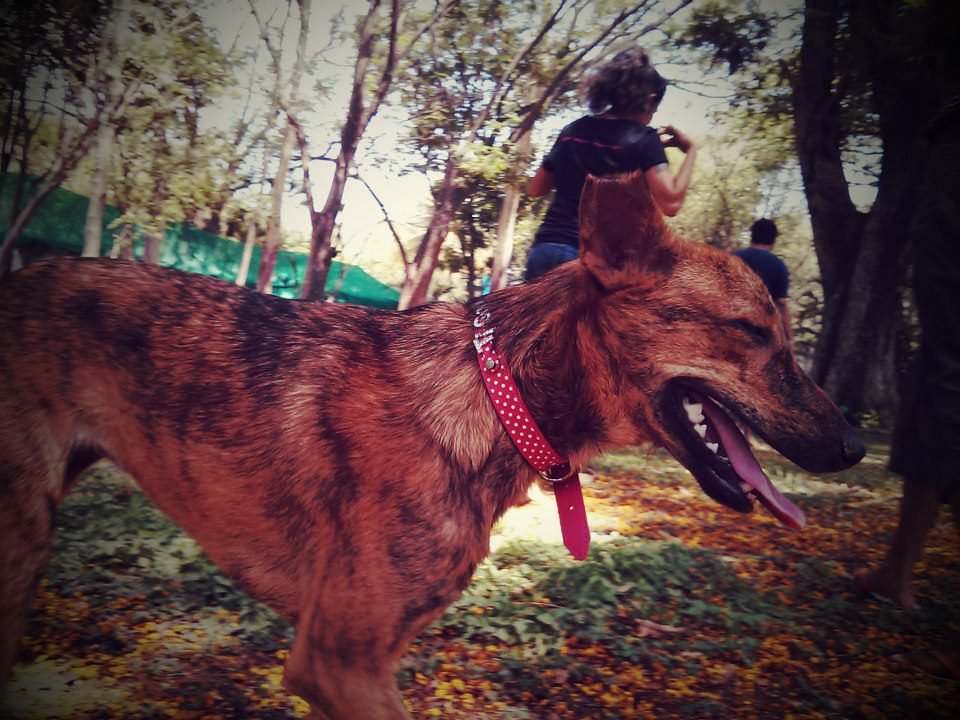
Being able to read your dog’s body language can provide valuable insights into their emotional state. Signs of stress, such as lip licking, yawning, or a tucked tail, can indicate that your dog is uncomfortable. It’s akin to how we might fidget or look away when feeling uneasy. By recognizing these signals, you can intervene before the situation escalates. This might mean removing your dog from the room or giving them a break in their safe space.
Seeking Professional Help
If your dog’s behavior doesn’t improve, it may be time to seek the help of a professional dog trainer or behaviorist. These experts can provide personalized strategies and techniques tailored to your dog’s specific needs. Sometimes, an outside perspective can shed light on issues we might overlook. Just as we might consult a therapist for guidance, enlisting the help of a professional can make a significant difference in your dog’s behavior.
Being Patient and Consistent
Changing your dog’s behavior won’t happen overnight, and it’s essential to be patient and consistent in your approach. Celebrate small victories and remain committed to the process. Just as we appreciate encouragement during challenging times, your dog will thrive with your support. Remember, your effort and dedication will ultimately lead to a more harmonious relationship between your dog and your guests.

